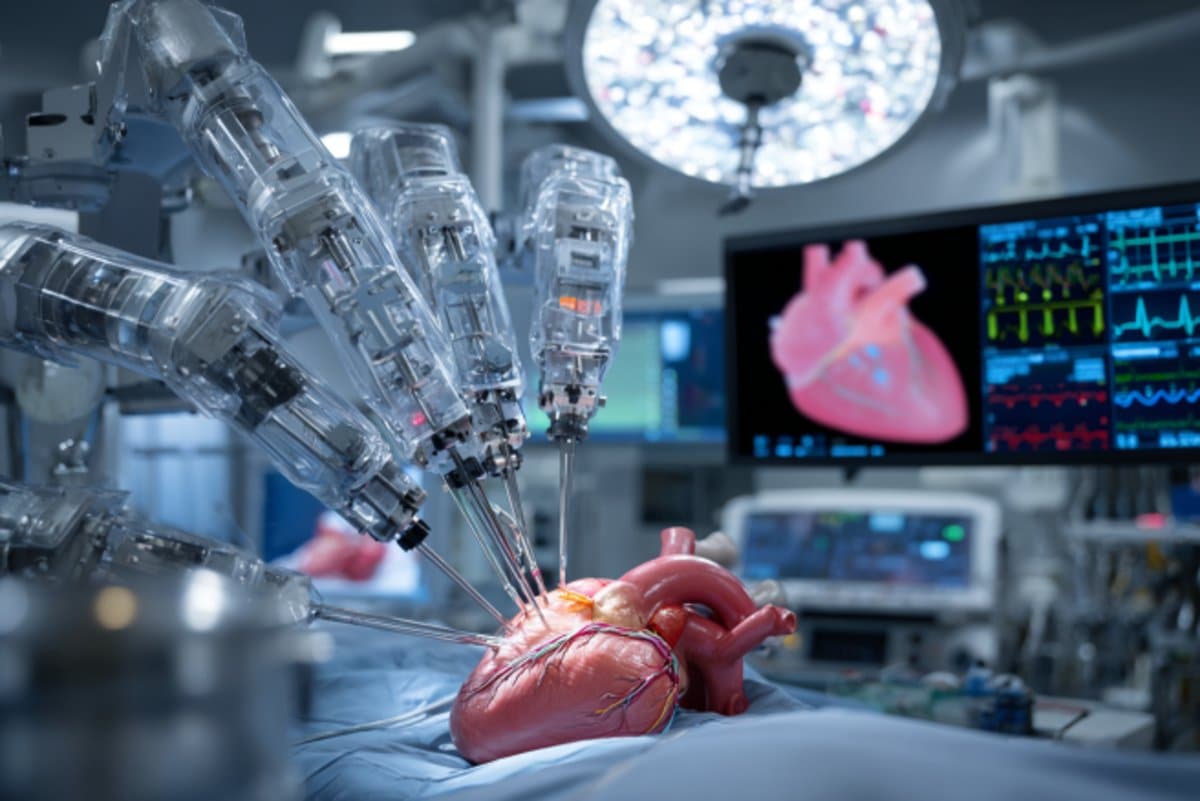Oooh, a transplant utilising robots for the surgery, not a robotic heart. (Although, artificial hearts also exist and have been used to prolong people’s life while waiting on transplant lists).
Using those tools seems to have given them the ability to approach the surgery radically differently:
Using a surgical robot, lead surgeon Dr. Kenneth Liao and his team made small, precise incisions, eliminating the need to open the chest and break the breast bone. Liao removed the diseased heart, and the new heart was implanted through preperitoneal space, avoiding chest incision.
“Opening the chest and spreading the breastbone can affect wound healing and delay rehabilitation and prolong the patient’s recovery, especially in heart transplant patients who take immunosuppressants,” said Liao, professor and chief of cardiothoracic transplantation and circulatory support at Baylor College of Medicine and chief of cardiothoracic transplantation and mechanical circulatory support at Baylor St. Luke’s Medical Center.
“With the robotic approach, we preserve the integrity of the chest wall, which reduces the risk of infection and helps with early mobility, respiratory function and overall recovery.”
In addition to less surgical trauma, the clinical benefits of robotic heart transplant surgery include avoiding excessive bleeding from cutting the bone and reducing the need for blood transfusions, which minimizes the risk of developing antibodies against the transplanted heart.



